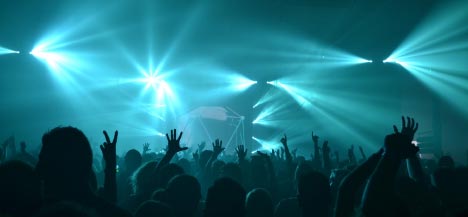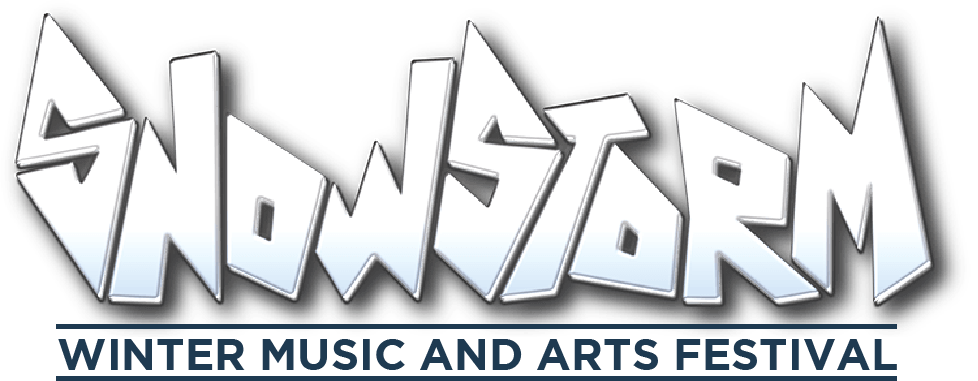
Electronic Dance Music: the Major Genres
Just because you’re headed to an electronic dance music festival doesn’t necessarily mean you know what to expect. Our lineup for Snowstorm features artists from different generations and styles of electronic music. Get more out of what you hear at the show by learning some of the nuances first. Below, we’ll explore some of the most influential categories of EDM.
Let’s kick this off by acknowledging that there are wayyy too many different subcategories of EDM for me to talk about all of them. Even if I could, I’m too nice to subject you to that.
My second caveat is that most of the artists on Snowstorm’s lineup do not identify with just one of these genres, and the labels themselves can be pretty subjective.
Are we good with those parameters? Great. Let’s jump in.
The Major Genres:
Ambient:
Ambient music rose to popularity in the 70’s as an exercise in subtlety. Soft synthesizer and timbral sounds create a complicated but completely unobtrusive auditory texture. The lack of a structured melody and unresolved sound of this style reflect dadaist influences.
House:
House originated in Chicago in the early 80’s, supposedly at a club called “The Warehouse.” It’s sound evolved out of disco and is characterized by repetitive drum rhythms and synthesized baselines.
Breakbeat:
Breakbeat developed in the 80’s, and is thought to be named for its “broken” beat, in which percussion hits at unpredictable or slightly off-beat places. This genre is closely tied to hip hop and inspired the dance style “breakdance” often performed to this kind of music.
Techno:
Detroit gave birth to techno in the late 80’s. Raised by funk and jazz, this style built upon extant electronic techniques to mature into its own futuristic style. As in other strands of EDM, pulsing beats, drum bass, and synthesizers take center stage. Techno, however, in its origins at least, focuses on a clean, other-worldly sound that is meant to be aesthetically pleasing.
Downtempo:
Downtempo resembles ambient music in its aim to be soothing and unobtrusive, but has more melodic structure. It came out of Ibiza in the 90s as a calming, even sensual or jazz-like take on EDM.
Trance:
At the same time that downtempo hit the music scene, trance music developed in Germany and soon became popular in the US. As its name suggests, trance music utilizes repeating melodic phrases, slow build-ups to a mid-song climax, a drop-off of the base, and then a gradual building back up of sound to create a hazy, mesmerizing effect. Rapid arpeggios play off against slower sections to create hypnotic tension.
Dubstep:
Late in the 90’s, South London produced the rapidly-spread style known as dubstep. Syncopated drum and percussion patterns and dramatic base drops are essential to this style. Dubstep also makes use of sub base frequencies, which are some of the lowest notes within the perception range of the human ear, meaning that they are felt more than heard. This gives dubstep its vibrating quality.
Hardstyle:
Hardstyle developed in the Netherlands in the first decade of the 21st century. Deep, hardsounding kick drum beats, intense fades, and distorted sounds give this style its wild, somewhat brutal energy.
Alright, EDM beginners, you’ve got your work cut out for you. Study up and get ready to discover which electronic genres we’ve got lined up for you at Snowstorm!



